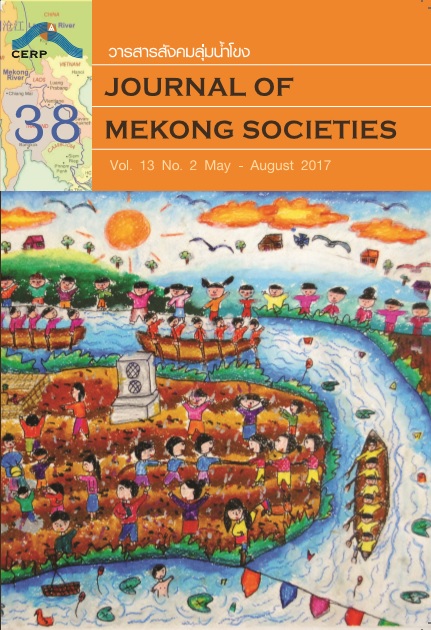Turn Construction of Aphasic Patients Caused by Stroke
Main Article Content
Abstract
This study aimed to explore how aphasic patients who had communication disorders (after brain damage caused by stroke), used what they had to construct turns of talking to interact with people surrounding them. In this paper, two cases were analyzed by the hybrid methodology of conversation analysis and ethnography. Results showed that nurses used yes/no interrogatives and non-verbal communication as well as offering candidates guessing to elicit patients’ response to them. Patients used a single word with unclear pronunciation, tossing their head, using the words-“ue” or “oe”, laughing, stretching, louder utterances, and other meaningless utterances. Patients created transitional space at the end of their turns by using a single word, tossing their head, stretching at the end of utterance, and laughing. This study reveals that although patients with aphasia had limited words and could not produce grammatical sentences, they could communicate with others and make themselves understood.


